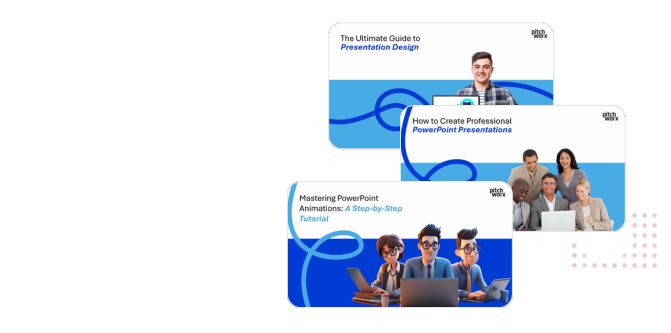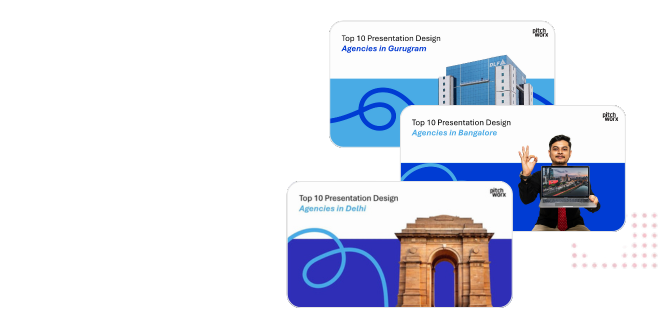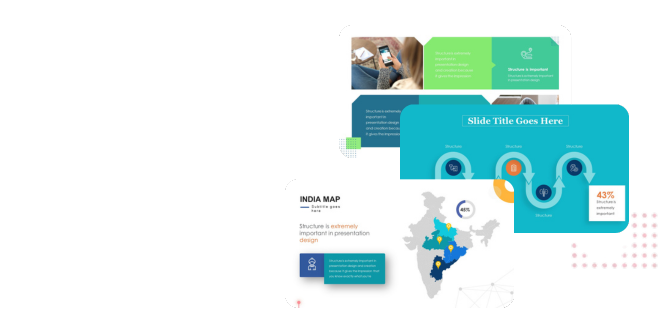Let’s say you have finally decided to make an amazing explainer video for your brand. The concept of explainer video is new and alien to you but you want to do it because you hear its beneficial for business growth. There is substantial proof that says the conversion rate, the engagement and the search engine ranking increases with explainer videos. But as somebody who doesn’t understand the design process behind making a video, how will you communicate your ideas to the video animation company? That’s why storyboards are here to help you.
What is a storyboard? | Video animation company
A storyboard is the visual representation of the video that’s going to be created. It includes a series of rough sketches that will provide the outline for the video. The rough sketches can be hand drawn or sketched using storyboarding software. Storyboarding is an essential step in the pre-production process as it determines what the final video will look like. We can compare the finished storyboard to the likes of a comic book or a graphic novel.
The storyboard provides a story sequence with individual shots that when compiled together form the full-fledged video. Apart from conveying the story, the sketches also describe the different features that are to be added in a video, like audio, narration or even camera angles. They are all depicted with the help of texts. Video animation company in NYC use this technique to their utmost benefit.
Purpose of storyboarding?
Walt Disney came up with the storyboarding technique in the 1930s to organise the scenes and the overall planning. But this technique can be used for smaller projects as well. For example, when a script is written for the video, it can be visualised in many different ways. As a designer, what you really wish to create can be interpreted in different ways by the stakeholders. And the best way to avoid this is to storyboard your ideas.
The visual representation can help you be in sync with your team and the clients. Thus, increasing your efficiency and obtaining quicker results. So why not storyboard for your next design project? Experienced video animation company UK recommend this process. Let us learn how to create a storyboard so you can produce amazing videos soon.
How to create a storyboard?
For a tech based company, conveying their ideas via storyboard can seem daunting. But the truth is, a storyboard is just a rough sketch, so you won’t have to worry about having good artistic skills as a brand. Besides, that’s what design agencies that create video animation for business are for.
Now let’s get on with the different processes that a video animation company in New York follows for storyboarding.
- Have a script
Yes, it’s as simple as that. Without a finalised script, your sketches won’t be helpful in creating the finished video. So finalise a script and then start storyboarding.
- Draw rectangles with specific dimensions
The rectangles are your blank canvas that is needed for storyboarding. The dimension of these boxes directly relates to the aspect ratio of the video you will be producing. So using the correct aspect ratio for your storyboard can be helpful in positioning the different visual elements. But if you do not know the dimensions, then choose the size you deem fit, like 1:1.33 or 1:1.85, and get on with the rest of the steps. You can always change the aspect ratio later on.
- Choose your characters
If you wish to have characters in the video, then determining their appearance firsthand can be useful in going forward with the storyboard. For example, maybe the video you’re creating can be more engaging if there is a female character in a coloured suit or uniform. Determining the character details like the facial features or the colour of their outfits before sketching it out can make the process easier.
- Draw the background
Once you have your characters drawn, it’s time to create the background. The backgrounds need not be Bob Ross style, you just need to indicate the positions for the different elements in the background with respect to your character. For example, if you want rows of shelves in the background then indicate how many and how you want it to be positioned. In cases where a generic background, like an office or a house is being used, then you can just mention it in your description.
- Figure out the camera angles
Remember that these broken down shots are going to become a video in the end. For a video, the camera angle might constantly change so while storyboarding make sure you mention the angles. You can also describe the kind of shots you think would work best for the scene in the description area. For example, if you want the camera to be zoomed out to show the overall location or zoomed in to focus on a person’s emotions, then mention it in the description. Follow this up with more sketches to portray what the shot will look like when the camera is zoomed in or out.
- Show the desired movements
Similar to the camera movements, characters or objects might also have to move in your video so depict their motions in your storyboard. The movement could be walking, picking up an object or cycling. Whatever it is, indicate the direction of movement with arrows. If it is tedious to sketch out the movement, you can always mention it in the description box.
- Give detailed descriptions
The descriptions are extremely valuable in storyboarding. They can convey information that can’t be sketched. Use the description to show how the scene progresses and also add any dialogues or voice over that are required in the shot. You can also use it to convey the duration of each shot and to describe the scene transitions.
Giving detailed descriptions helps the clients and the stakeholders understand the video better. Many agencies that provide animation video for company take extra care in giving the descriptions, so the client understands exactly what the creative team has in mind. This enables the client to make an informed decision about the different aspects of the video.
- Number the rectangles
This is quite self explanatory. Numbering the boxes helps to maintain the sequential order for anyone who refers to the storyboard in the future. And if you can add the timestamp for each scene, then that’s even better. For an individual scene that has multiple camera angles, the numbering can be done in the order of 1A, 1B, and so on.
- Keep updating
As the project progresses, different teams will have their inputs to share, so always make provision to include these changes. The whole point of storyboarding is to discuss, view and provide feedback on the video that has to be created.
A collaborative approach to storyboarding is good to obtain the best results. An animation video company in Delhi, like PitchWorx follows these steps diligently to produce high-quality videos for their clients. Now that you know all the steps to create a storyboard, go ahead and make some amazing videos.
Conclusion
Storyboarding is not restricted to animated videos, it can be used to plan and organise any type of story format. From films and explainer videos to novels, storyboarding techniques can be used to organise the story sequence. Many authors, filmmakers and video animation company swear by this technique. So use storyboarding to good use and create masterpieces of your own!









